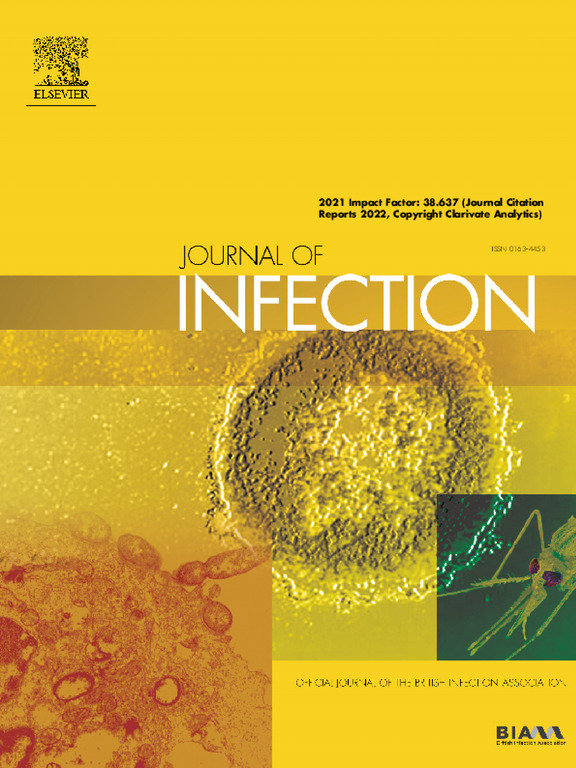Human dirofilariasis – A potentially significant nematode zoonosis in an era of climate change
IF 14.3
1区 医学
Q1 INFECTIOUS DISEASES
引用次数: 0
Abstract
Dirofilariasis is a mosquito-borne zoonosis caused by several species of the genus Dirofilaria. This disease can manifest as nodular lesions in subcutaneous tissues, various structures of the eye, the lungs and/or visceral organs. The Dirofilaria species and the vectors responsible for transmitting infection differ among various geographical regions. The most competent reservoirs of infection are domestic and wild canids (for Dirofilaria repens and Dirofilaria immitis), raccoons (for Dirofilaria tenuis) and bears (for Dirofilaria ursi), and humans represent aberrant or accidental hosts. Recently, there has been an increasing number of reported clinical cases of dirofilariasis in both animals and humans. It is known that changes in climatic conditions, including increased temperature, relative humidity and rainfall, can contribute to favourable conditions for the development of mosquitoes and larval stages of filarial parasites within their vector. Despite advances in our knowledge of nematodes of the genus Dirofilaria and the pathological changes that they can induce in different hosts, many clinicians are unfamiliar with dirofilariasis. Thus, in clinical settings, nodules associated with dirofilariasis are often misdiagnosed as neoplastic lesions. Often, physicians surgically excise such nodules from affected patients, sometimes in very sensitive or difficult-to-reach anatomical locations, which may be accompanied by complications or serious consequences for the patients’ health, including a stressful experience in the period from the discovery of a nodule to a definitive diagnosis.
人类双丝虫病——气候变化时代一种潜在的重大线虫性人畜共患病。
钩丝虫病是一种蚊媒人畜共患病,由数种钩丝虫属昆虫引起。本病可表现为皮下组织、眼、肺和/或内脏各种结构的结节性病变。不同地理区域的丝虫种类和传播感染的媒介各不相同。最具能力的感染宿主是家养和野生犬科动物(为重丝虫和猛丝虫)、浣熊(为细丝虫)和熊(为熊丝虫),人类是异常或偶然的宿主。最近,在动物和人类中报告的双丝虫病临床病例越来越多。众所周知,气候条件的变化,包括温度、相对湿度和降雨量的增加,可为蚊子和病媒内丝状寄生虫的幼虫阶段的发育创造有利条件。尽管我们对Dirofilaria属线虫及其在不同宿主中诱导的病理变化的了解有所进展,但许多临床医生对Dirofilaria病并不熟悉。因此,在临床环境中,与双丝虫病相关的结节常被误诊为肿瘤病变。医生通常通过手术从受影响的患者身上切除此类结节,有时是在非常敏感或难以到达的解剖位置,这可能伴有并发症或对患者健康造成严重后果,包括从发现结节到最终诊断期间的紧张经历。
本文章由计算机程序翻译,如有差异,请以英文原文为准。
求助全文
约1分钟内获得全文
求助全文
来源期刊

Journal of Infection
医学-传染病学
CiteScore
45.90
自引率
3.20%
发文量
475
审稿时长
16 days
期刊介绍:
The Journal of Infection publishes original papers on all aspects of infection - clinical, microbiological and epidemiological. The Journal seeks to bring together knowledge from all specialties involved in infection research and clinical practice, and present the best work in the ever-changing field of infection.
Each issue brings you Editorials that describe current or controversial topics of interest, high quality Reviews to keep you in touch with the latest developments in specific fields of interest, an Epidemiology section reporting studies in the hospital and the general community, and a lively correspondence section.
 求助内容:
求助内容: 应助结果提醒方式:
应助结果提醒方式:


